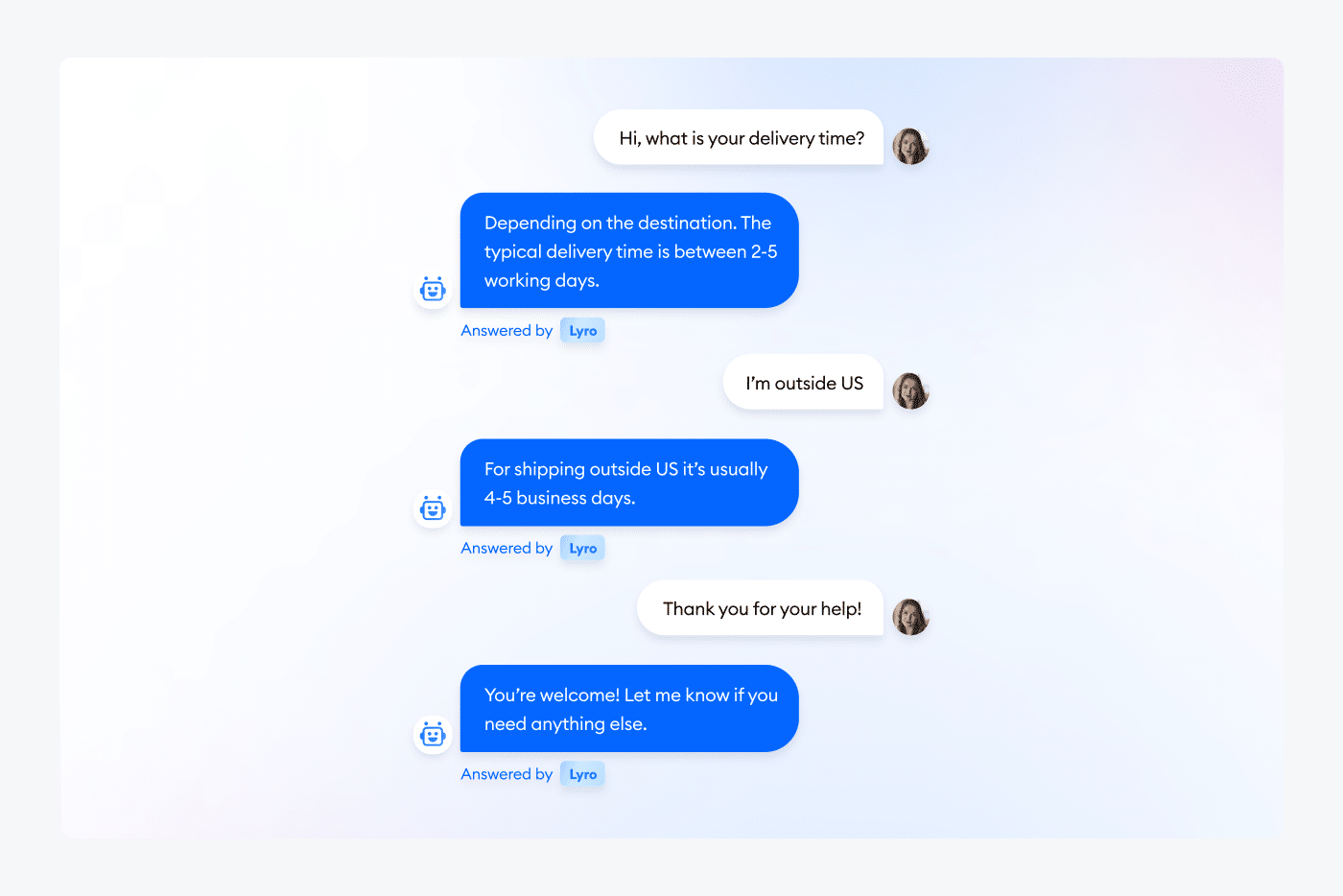HubSpot has taken a key step forward with the launch of its MCP server, now available in public beta. This new platform allows AI clients like Cursor and Claude to connect directly with HubSpot data, enabling a more robust and dynamic integration ecosystem for both B2B and B2C companies.
In this article, we explore how HubSpot’s MCP server can transform business operations from a practical and empirical perspective, analyzing its applications across sectors and its impact on large corporations.
What is HubSpot’s MCP Server?
The MCP (Multi-Client Protocol) server is a solution designed to solve one of the biggest challenges in the digital environment: efficient data integration.
Today, companies handle massive volumes of information. Without an agile system to connect that data to advanced tools, much of its strategic value is lost. That’s where the MCP server comes in—acting as a bridge between data stored in HubSpot and artificial intelligence solutions.
This protocol enables direct integration with AI clients, making it easier to automate processes, generate insights, and support faster, more accurate decision-making.
Use Cases in B2B Companies
Optimized Customer Management
In B2B environments, personalization and deep customer understanding are key. Through MCP, businesses can connect tools like Cursor with HubSpot to deeply analyze interactions and create detailed customer profiles. This allows for more precise segmentation, content strategies, and loyalty initiatives—automated and scalable.
Smart Sales Process Automation
The MCP server also powers advanced sales capabilities. By integrating AI models, businesses can predict which leads are most likely to convert, allowing teams to prioritize efforts and shorten sales cycles significantly.
Use Cases in B2C Companies
Real-Time Personalization of User Experience
In the B2C world, the MCP allows companies to connect tools like Claude to analyze customer behavior, purchases, and preferences. This results in highly personalized recommendations, more relevant campaigns, and increased customer loyalty.
Behavioral Analysis and Agile Market Response
Businesses can integrate AI to monitor user activity in real time, allowing them to adjust messaging, promotions, or products based on current trends. This reactive capability improves emotional engagement with customers and boosts marketing ROI.
Implementation in Large Corporations
Leadership and Change Strategy
For large organizations, adopting the MCP server represents a strategic shift. IT, data, and operations departments must work closely to align technical capabilities with human competencies. Internal training and change management are critical to ensure successful implementation.
Scalability for Business Growth
MCP is designed for seamless scalability. As a company grows, it can incorporate new data flows, tools, and analytical capabilities without overhauling its infrastructure. This drives continuous innovation and rapid adaptation to new challenges.
Cross-Departmental Collaboration
Finally, the MCP server promotes a more integrated work culture. With shared access to data across marketing, sales, and customer service, businesses gain a unified view that enhances customer experience and operational outcomes.
Conclusion
HubSpot’s MCP server marks a significant step toward a new era of intelligent integration and deep automation. Whether improving customer relationships in B2B or delivering hyper-personalized experiences in B2C, its applications are broad and transformative.
With the right strategic planning, MCP can become a powerful driver of efficiency, innovation, and sustainable growth for any business ready to elevate its digital maturity.



